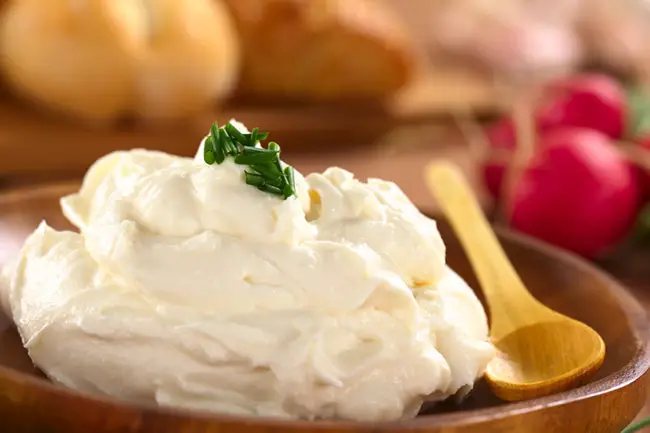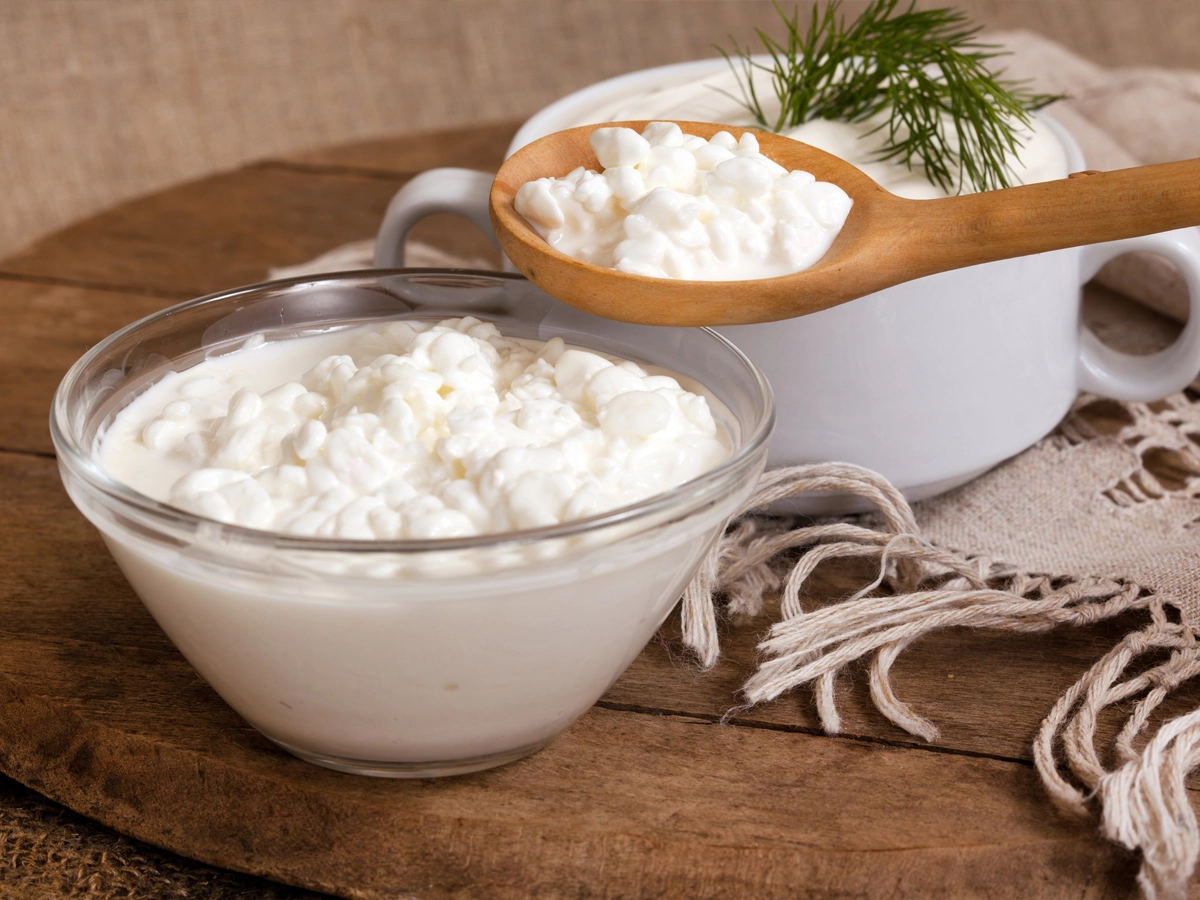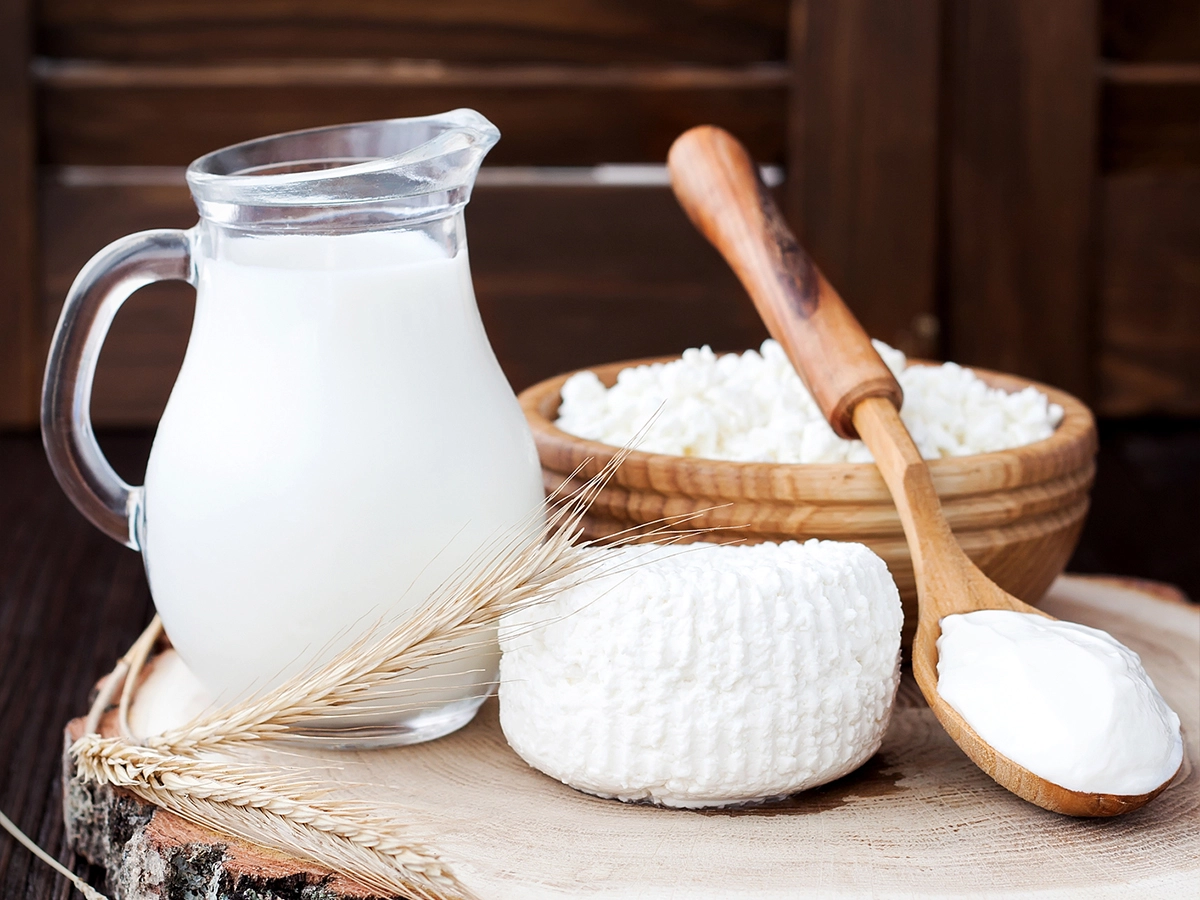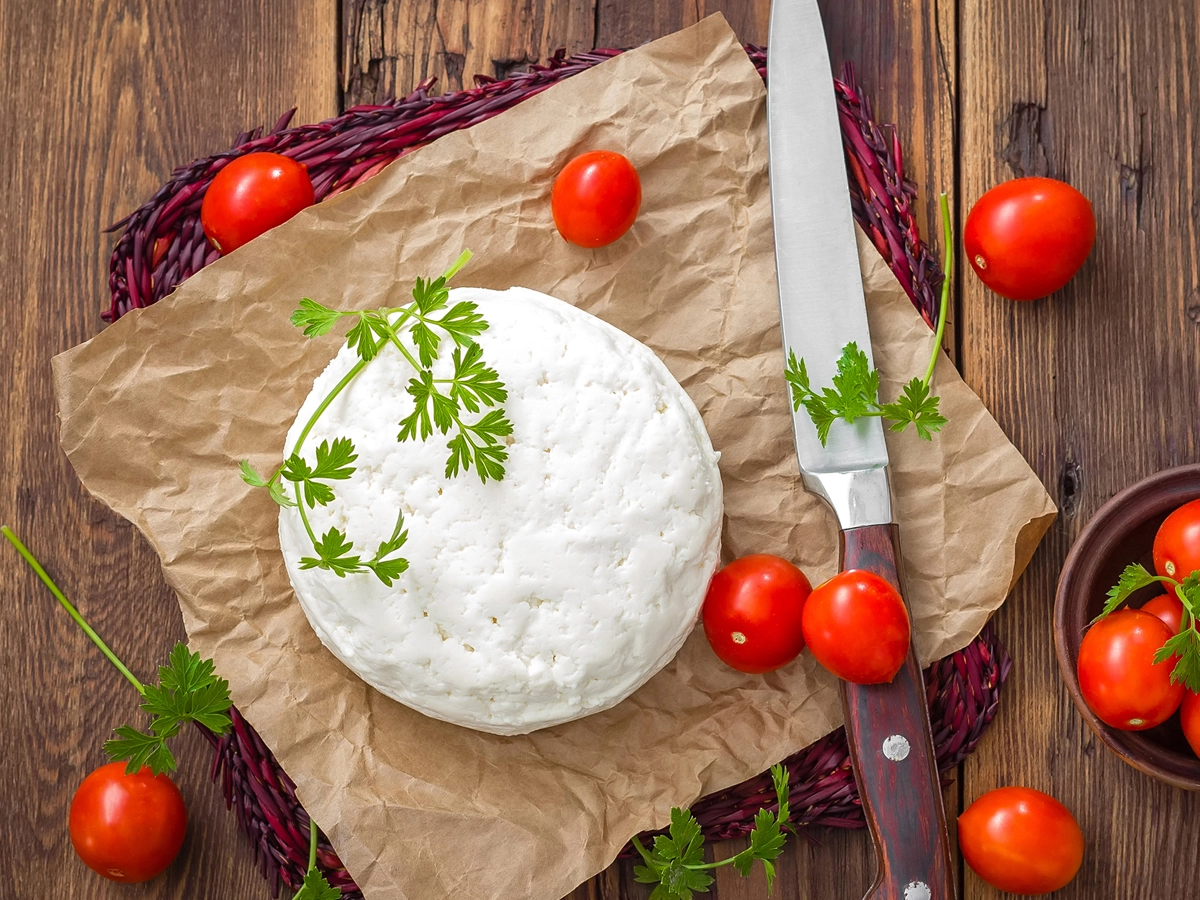Homemade Cultured Cream Cheese Recipe
Thinking of learning how to make cultured cream cheese? Look no further! Here are some easy steps you can follow. Check them out below.
Mildly tart, perfectly salted, rich, and creamy, homemade cream cheese is delicious. When you take the time to make it yourself, you get a higher quality product. This is especially true if you go the fermentation route.
Not only do you get cream cheese with divine flavor and texture, but you’ll find that homemade cream cheese melts well, incorporates into sauces without breaking, and, most importantly, can be made to your liking.
The process of making cream cheese is simple yet very hands-on and ends with a wonderful feeling of accomplishment. Everything from seeing the curds separate from the whey to the satisfaction of scraping the finished product from the cheesecloth is a rewarding experience that results in a greater appreciation for cream cheese.
How To Make Cultured Cream Cheese From Scratch
Prep Time: 10 minutes
Cook Time: 15 minutes
Culture Time: 16 hours
Strain Time: 12 hours
Ingredients:
Yields 1 ½ pounds
1-quart whole milk, pasteurized or raw
1 quart pasteurized heavy cream or fresh raw cream
¼ teaspoon mesophilic starter culture
2 drops liquid rennet
Two tablespoons unchlorinated water, cool
½ teaspoon cheese salt, or sea salt
You will also need:
Large pot with lid
Large spoon
Cooking thermometer
Colander
Unbleached ultra-fine cheesecloth
Large bowl
Check out our complete list of cheese-making supplies.
Directions
Step 1. Heat the Milk and Cream
Pour the milk and cream into a large pot over medium-low heat. Heat to 75 degrees Fahrenheit for about 15 minutes. You want to warm the milk and cream slowly.
Step 2. Remove from Heat
Remove the milk and cream from the heat.
Step 3. Add the Mesophilic Starter
Sprinkle the mesophilic starter culture on top of the dairy and let it dissolve and rehydrate. This will take about 2-3 minutes.
Then stir the mesophilic starter culture into the dairy with a large spoon. Make sure that it is fully incorporated.
Step 4. Add the Rennet
First, mix 2 drops of rennet with 2 tablespoons of water. Then add the mixed rennet to the milk. Gently incorporate the rennet into the dairy using up and down strokes. Do not stir in a circular motion.
Step 5. Culture the Dairy
Cover the pot and leave it to culture for 16 hours at room temperature (70 - 75 degrees Fahrenheit).
A folding fermentation box is handy when trying to ferment in colder temperatures, however, an exact temperature is not required. You can keep your curding milk warm by setting it on top of your fridge or next to a hot water heater.
Tip: Check the cultured dairy. It should look similar to Greek yogurt at this stage, and you will notice some curd and whey separation.
Step 6. Strain the Dairy
Line a colander with a large sheet of cheesecloth and spoon the cultured dairy into the cheesecloth. Then gather the ends and securely tie them.
Hang the cultured dairy and strain for 8-12 hours.
Tip: The easiest way to strain the cheese is to tie the cheesecloth to the handle of a kitchen cabinet and place a bowl underneath.
You can also use your kitchen faucet if it’s sturdy enough.
Step 7. Blend the Dairy with Salt
Scrape the homemade cream cheese out of the cheesecloth into a bowl, then stir in the salt. Taste and adjust the amount of salt if needed.
Step 8. Enjoy Your Cultured Cream Cheese
Enjoy.
Notes:
- Ensure that the milk you use is pasteurized and not ultra-pasteurized.
- For even more decadent cream cheese, increase the amount of cream. Want something lighter? Use more milk.
- Always dilute rennet before use. Undiluted rennet will not distribute evenly.
- The easiest way to strain the cheese is to tie the cheesecloth to the handle of a kitchen cabinet and place a bowl underneath.
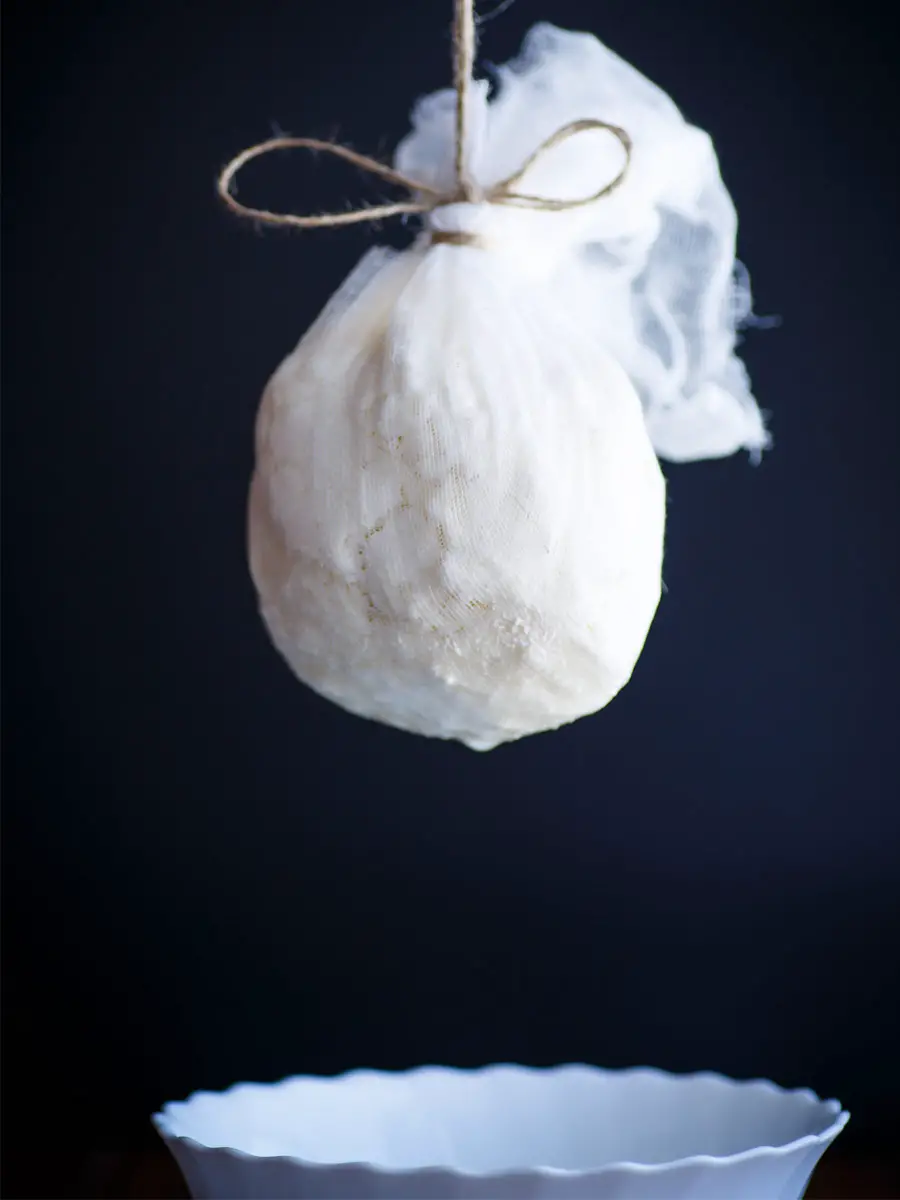
Cultured Cream Cheese
Notes
Ensure that the milk you use is pasteurized and not ultra-pasteurized.
For even more decadent cream cheese, increase the amount of cream. Want something lighter? Use more milk.
Always dilute rennet before use. Undiluted rennet will not distribute evenly.
The easiest way to strain the cheese is to tie the cheesecloth to the handle of a kitchen cabinet and place a bowl underneath.
Leftovers can be stored in an airtight container and refrigerated for up to a week.
Ingredients
- 1-quart whole milk, pasteurized or raw
- 1 quart pasteurized heavy cream or fresh raw cream
- ¼ teaspoon mesophilic starter culture
- 3 drops liquid rennet
- Two tablespoons unchlorinated water, cool
- ½ teaspoon cheese salt, or kosher salt
Instructions
- Pour the milk and cream into a large pot over medium-low heat. Heat to 75 degrees Fahrenheit. You want to warm the milk and cream slowly.
- Remove the milk and cream from the heat.
- Sprinkle the mesophilic starter culture on top of the dairy and let it dissolve. This will take 2 - 3 minutes.
- Stir the mesophilic starter culture into the dairy with a large spoon. Make sure that it is fully incorporated.
- Mix 2 drops of liquid rennet with 2 tablespoons of water.
- Add the mixed rennet to the milk.
- Gently incorporate the rennet into the dairy using up and down strokes. Do not stir in a circular motion.
- Cover the pot and leave it to culture for 16 hours at room temperature (72 - 75 degrees Fahrenheit).
- Check the cultured dairy. It should look similar to Greek yogurt at this stage, and you will notice some curd and whey separation.
- Line a colander with a large sheet of cheesecloth and spoon the cultured dairy into the cheesecloth. Then gather the ends and tie them to secure.
- Hang the cultured dairy and strain for 8-12 hours.
- Scrape the homemade cream cheese out of the cheesecloth into a bowl, then stir in the salt.
- Taste and adjust the amount of salt if needed. Enjoy.
RELATED FERMENTATION GUIDES
Now that you’ve learned all about how to make cultured cream cheese, here are a few things that you might find interesting…

